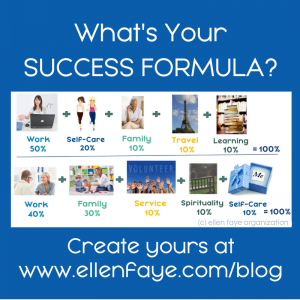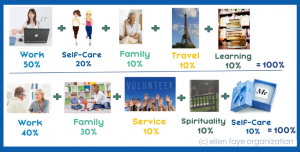31 Jul Find Time to Think
Thrilled to be quoted in the same article as Bill Gates!
As the boss of Microsoft, Bill Gates would take one week, two times a year, and escape by himself to a secret clapboard cabin somewhere in a cedar forest in the Pacific Northwest.
It was what he called his “Think Week.”
”…I would literally take boxes out to a beach place and sit there for a week reading them day and night and scribbling on them to putting it entirely online,” Gates said in 2008 video of of Microsoft’s CEO Summit.
Work done during one Think Week eventually led to Microsoft to launching Internet Explorer in 1995. And in 2005, Gates was reading a paper called “Virtual Earth” that described building a virtual map with information on traffic and live images of final destinations.
Gates’ Think Weeks started in the 1980s; the first ones were quiet visits to his grandmother’s house. As they evolved, no visitors were allowed to the cabin during Gates’ Think Week (other than someone who dropped off two meals a day at the cabin, and on year a Wall Street Journal reporter) and Gates’ cabin was stocked with Diet Orange Crush and Diet Coke.
“When I talk about the early days, it’s hard to explain to people how much fun it was. Even with the absurd hours and arguments, we were having the time of our lives.” – Paul Allen
Leadership coach Ellen Faye agrees: “While exercise, yoga, and meditation are great solutions to managing the stress of every day, there’s nothing like disconnecting for a longer period of time to create the space for important decisions and objective creative thought,” she tells CNBC Make It.
“I think of it as a one week long shower. Because we know that in the shower we have these really great thought processes, but those are flashes and moments, and when you go away for a period of time alone you’re able to get more significant results,” she says.
Stack and Faye both employ the technique in their own careers.
“I check myself into my third space — a local hotel up the road — every quarter to write for 48 hours. I’ve published eight books in 14 years using this approach,” Stack says.
Faye says she spends at least four or five days alone at a yoga retreat every year “for deeper creative thought.”
But your “third place” doesn’t have to be far away or fancy. it could be “Starbucks, the library, or the gazebo in your garden. I recommend at least eight hours, but it’s best to take several days to ‘clear the decks,’” Stack says.
In the 2008 summit video, Gates said, “We have institutionalized it as kind of a grassroots process and this is a way that somebody who is even just a year or two into the company and has ideas that may or may not relate to the group they are in can write something up.”









